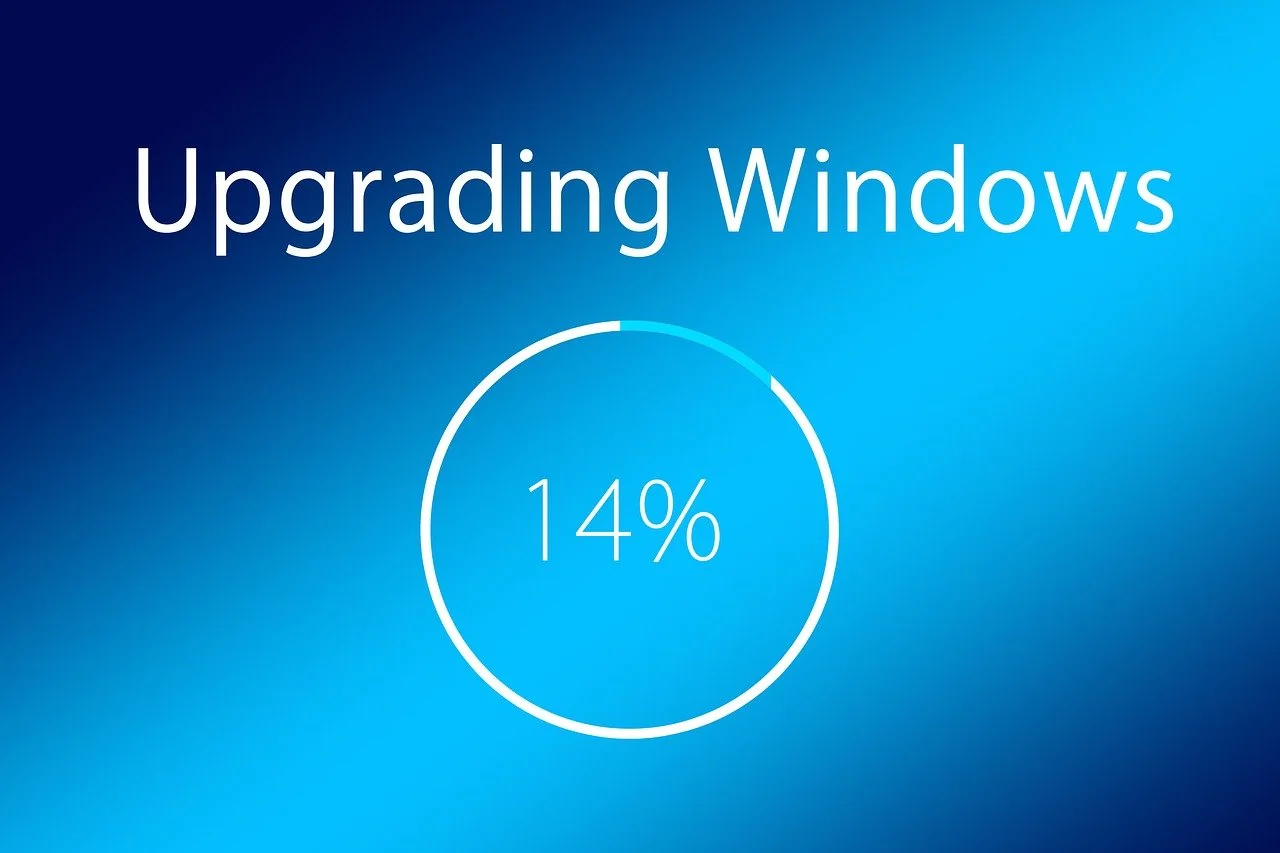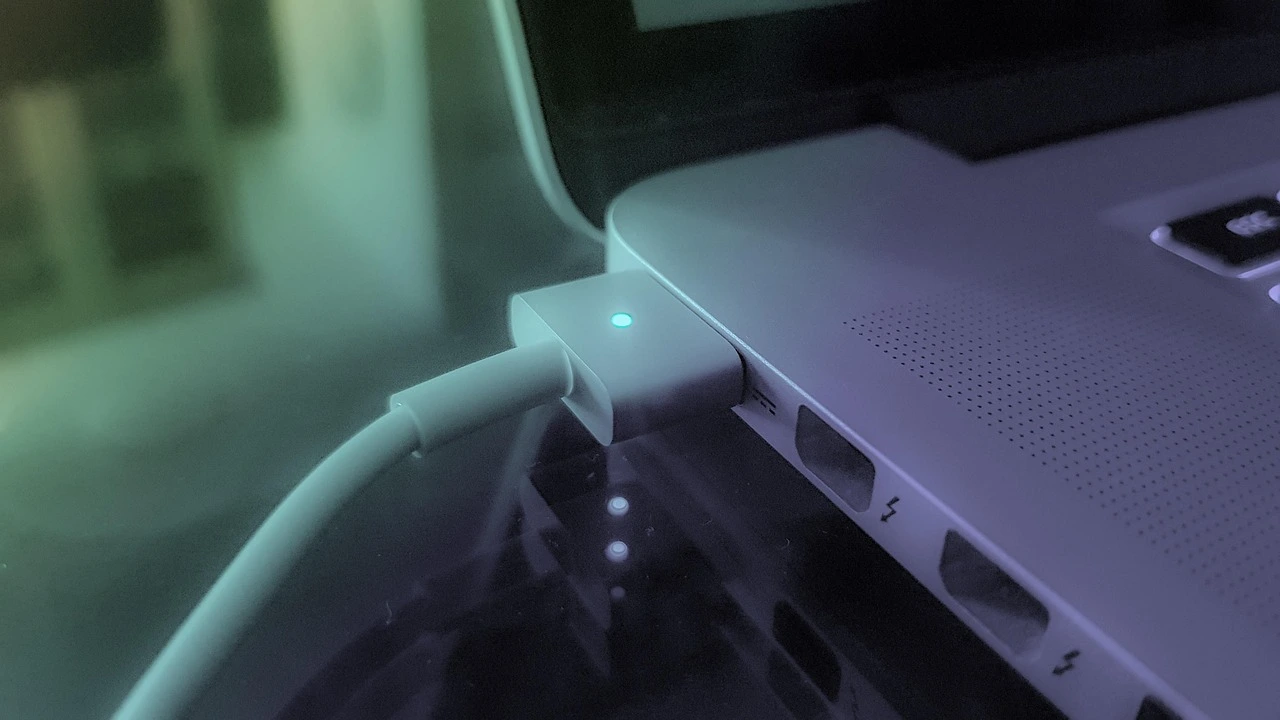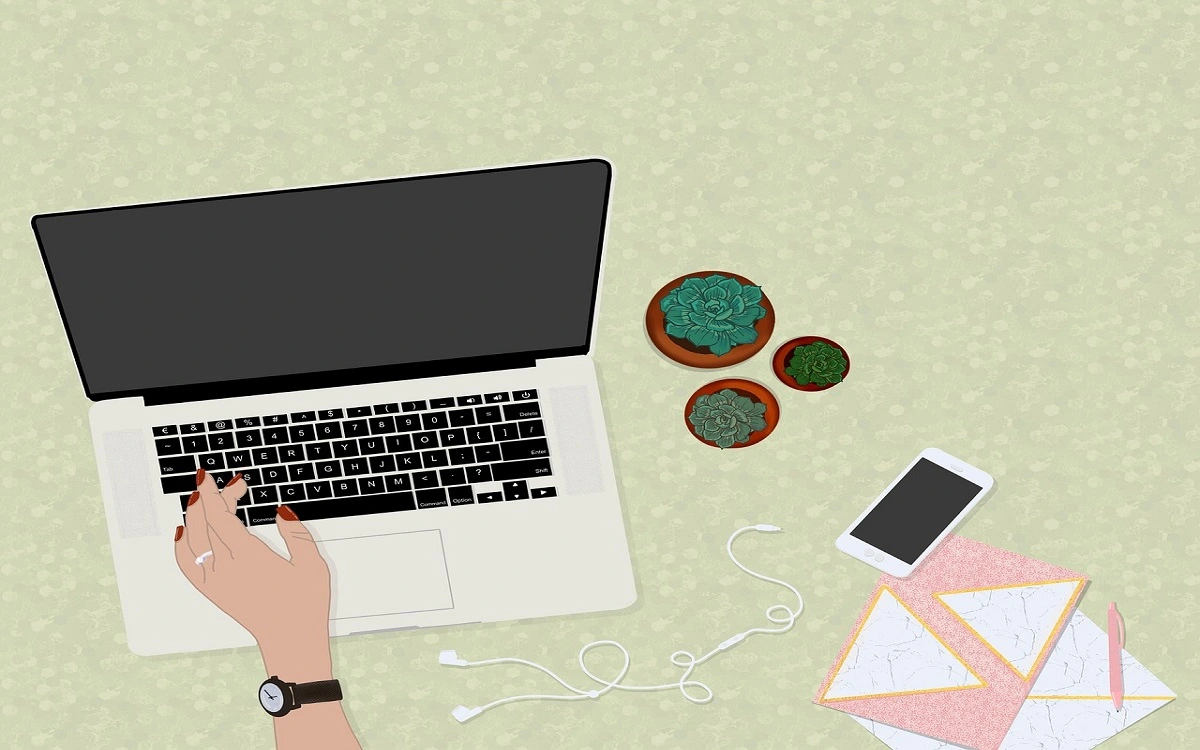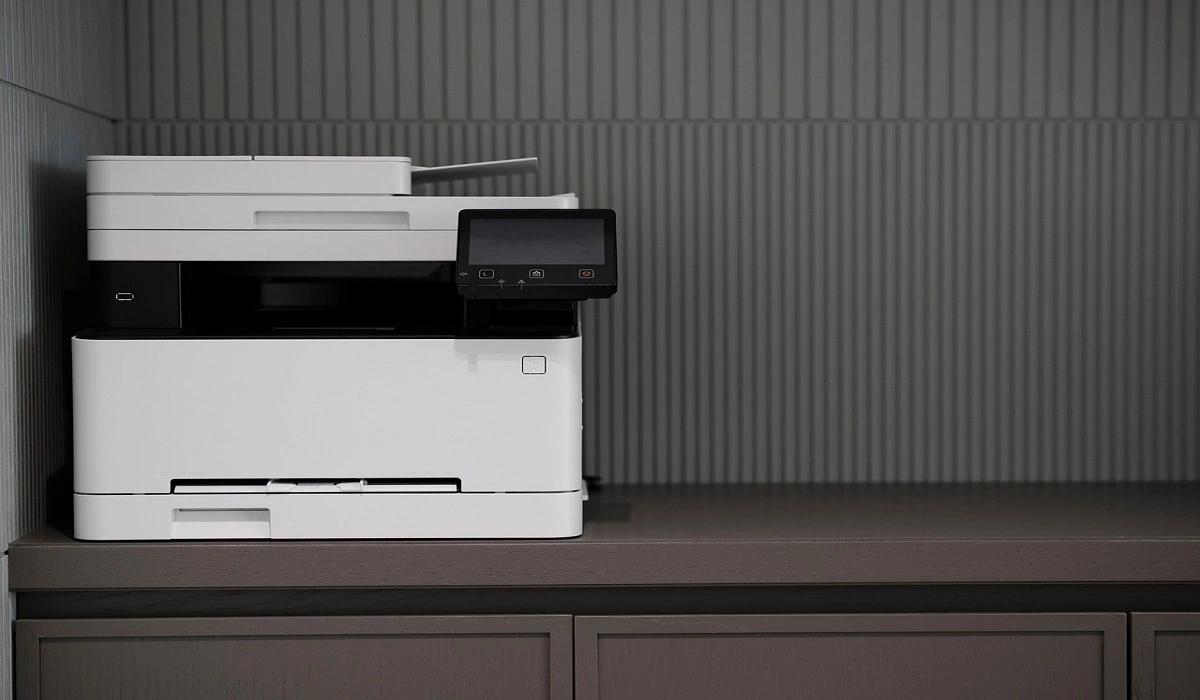Reclaiming Disk Space On Windows Without Losing Files: A Complete Guide
Running low on storage can slow down programs and trigger that annoying “low disk space” warning. Files accumulate over time, cluttering the drive. The good news? It’s possible to reclaim space without deleting anything important.
Reclaiming disk space on Windows without losing files is easier than you think. Your computer stores many temporary files, old backups, and cached data. These files take up space but serve no real purpose. You can safely remove them to get back precious storage space.
This guide shows you exactly how to reclaim disk space on Windows without losing files. You’ll learn safe methods that protect your data. We’ll cover built-in Windows tools and proven techniques. By the end, your computer will run faster with plenty of free space.
Part 1: Is It Possible To Reclaim Disk Space On Windows Without Losing Files?
Absolutely, you can free up disk space on Windows without risking your personal files. During regular use, Windows generates various temporary files—like browser caches, system logs, outdated updates, and leftover setup files. These can be removed safely to reclaim valuable storage.
Windows often holds onto duplicate files and outdated system restore points, which can gradually eat up valuable space. It also keeps old drivers and unused language packs. Removing these safely is a great way to free up extra storage.
Understanding which files are safe to remove is essential. Windows offers built-in tools to guide you through this process, and third-party cleaning apps can be helpful as well. With the right approach, freeing up space without affecting your important files becomes an easy and efficient task.
Part 2: Precautions Before Applying The Below Steps
Taking precautions is crucial before you start reclaiming disk space on Windows without losing files. These safety steps protect your important data from accidental deletion. They also ensure your system remains stable after cleaning.
Essential precautions to follow:
- Create a full system backup – Use Windows Backup or third-party software to backup all important files and system settings
- Make a system restore point – This allows you to undo changes if problems occur after cleaning
- Close all running programs – This prevents file conflicts and ensures thorough cleaning
- Check available disk space – Note your current free space to measure cleaning effectiveness
- Run as administrator – Many cleaning operations require administrator privileges to work properly
- Scan for malware first – Remove viruses that might be taking up space or hiding among legitimate files
- Review what will be deleted – Always preview files before permanent deletion to avoid losing important data
- Keep installation files for important programs – Don’t delete installers for software you might need to reinstall
Part 3: 5 Best Methods To Reclaim Disk Space On Windows Without Losing Files
Method 1: Using the Disk Cleanup Tool
Windows Disk Cleanup is the safest way to start reclaiming disk space on Windows without losing files. This built-in tool identifies temporary files, system cache, and other safe-to-delete items. It’s designed specifically to protect your personal files while removing unnecessary data.
The tool scans your hard drive and presents options for cleaning. It shows exactly how much space each category will free up. You maintain full control over what gets deleted. This makes it perfect for beginners who want to clean their system safely.
Disk Cleanup focuses on removing the most common storage-hogging files first. It clears out temporary internet files, items in the Recycle Bin, and outdated Windows update data. Additionally, it deletes thumbnail caches and leftover temporary files from programs.
Why choose Disk Cleanup:
- Built into Windows – no additional software needed
- Microsoft-approved cleaning methods ensure system stability
- Shows space savings before deletion for informed decisions
Steps to use Disk Cleanup:
- Type “Disk Cleanup” in Windows search and open the tool, then select your main drive (usually C:).

- Select the file types you want to delete by checking their boxes, review how much space each will free up, and then click “OK” to begin the cleanup process.
Method 2: Storage Sense Feature
Storage Sense is an automated cleaning feature built into Windows 10 and 11. It works quietly in the background to keep your system tidy. This modern tool reclaims disk space without touching your personal files and needs very little input from you—ideal for anyone who prefers hands-off maintenance.
Storage Sense automatically deletes temporary files and clears out your Recycle Bin on a set schedule. It can also remove older files from your Downloads folder. You’re in control—customize what it cleans and how frequently it operates.
This method works continuously to prevent space problems. It keeps your system optimized without manual intervention. Storage Sense is gentle and only removes files that are truly unnecessary. Your important documents and programs remain untouched.
Why choose Storage Sense:
- Automatic operation prevents future space issues
- Customizable settings let you control what gets cleaned
- Runs silently without interrupting your work
- Integrates perfectly with modern Windows versions
Steps to enable Storage Sense:
- Go to Settings > System > Storage, then turn on Storage Sense and click “Configure Storage Sense”.

- Set your preferred cleaning schedule and file deletion timeframes, then click “Clean now” to start immediate cleaning
Method 3: Uninstall Unused Programs
Unused programs often sit idle on your computer for months or even years, quietly consuming valuable storage. Uninstalling them is a smart and safe way to free up disk space without touching your personal files. It’s a quick win for better performance and more room.
Windows tracks when you last used each program. This information helps you identify candidates for removal. Large programs that you rarely use should be your first targets. Games, old software versions, and trial programs are common space wasters.
Uninstalling through Windows Settings is the cleanest method. This process removes the program and most associated files. It’s much more thorough than simply deleting program folders. The built-in uninstaller ensures complete removal.
Why choose program uninstallation:
- Frees up large amounts of space quickly
- Removes programs you no longer need or use
- Improves system performance by reducing installed software load
- Simple process with no risk to personal files
Steps to uninstall unused programs:
- Open Settings > Apps. Sort by “Size” to see the largest programs first.

- Select programs you don’t use. Click “Uninstall,” and follow the removal wizard prompts
Method 4: Move Files to External Storage
Moving large files to external storage is a safe way of reclaiming disk space on Windows without losing files. This method preserves all your data while freeing up internal storage. It’s ideal for photos, videos, and documents you don’t access frequently.
External hard drives and cloud storage offer plenty of space for archived files. You can move entire folders to these locations. The files remain accessible when needed, but don’t consume internal disk space. This approach works well for multimedia collections.
Cloud storage services provide automatic synchronization, too. Your files stay backed up and accessible from anywhere. Services like OneDrive, Google Drive, and Dropbox offer generous storage space. You can access moved files from any device with internet access.
Why choose external storage:
- Keeps all files safe and accessible when needed
- Provides additional backup protection for important data
- Offers unlimited expansion potential with larger drives
- Allows access to files from multiple devices via cloud sync
Steps to move files to external storage:
- Connect an external drive or set up a cloud storage account, then create organized folders for different file types.

- Select large files or folders you rarely access, cut them using Ctrl+X, then paste to an external storage location
Method 5: Clean System Files and Caches
System files and caches build up over time and consume significant space. Cleaning these is an advanced method for reclaiming disk space on Windows without losing files. This approach targets hidden files that regular cleaning tools might miss. It’s especially effective on older systems.
Windows stores update files even after installation completes. Old driver packages remain on your system, too. Browser caches can grow to several gigabytes over time. These files serve no purpose once they’re outdated, but continue taking up space.
Advanced cleaning requires more technical knowledge but offers greater space savings. You can safely remove Windows update cleanup files and old driver installations. Clearing browser caches and temporary files provides immediate space relief, too.
Why choose system file cleaning?
- Targets hidden files that consume significant space
- Provides deeper cleaning than basic tools offer
- Removes outdated system components safely
- Offers maximum space recovery potential
Steps to clean system files:
- Run Disk Cleanup as an administrator, click the “Clean up system files” button, then select additional categories like “Windows Update Cleanup”.

- Clear browser caches by going to browser settings, finding the “Clear browsing data” option, then select cached files and temporary data.

Author’s Tip
The best approach to reclaiming disk space on Windows without losing files is to combine multiple methods. Don’t rely on just one technique. Start with Disk Cleanup for safety, then move to more advanced methods. This layered approach maximizes your space savings while maintaining system stability.
Set up Storage Sense to run automatically after your initial cleaning. This prevents future space problems before they start. Regular maintenance is easier than major cleanups. Your system will run smoother with consistent care and attention.
Always monitor your disk space regularly. Check your storage usage monthly to catch problems early. Quick weekly cleanups prevent major space crunches. When you stay proactive about disk management, reclaiming disk space on Windows without losing files becomes routine maintenance rather than emergency repair.
Conclusion
Reclaiming disk space on Windows without losing files is completely achievable with the right approach. The methods in this guide are safe and effective. They target unnecessary files while protecting your valuable data. Your computer will run faster with more available storage space.
Start with the simpler methods like Disk Cleanup and Storage Sense. These provide immediate results with minimal risk. As you become more comfortable, try advanced techniques like system file cleaning. Each method builds on the others for maximum effectiveness.
Regular maintenance prevents future space problems. Set up automatic cleaning where possible. Monitor your disk usage monthly and clean proactively. With these habits, you’ll never worry about running out of space again. Your Windows system will stay fast and responsive for years to come.
Frequently Asked Questions
Q: Is it safe to delete temporary files when reclaiming disk space on Windows without losing files?
Yes, temporary files are completely safe to delete. Windows creates these files during program operation but doesn’t need them after programs close. Deleting temporary files is one of the safest ways to free up space without any risk to your personal data or system stability.
Q: How often should I perform disk cleanup to maintain free space?
Perform basic disk cleanup weekly and thorough cleaning monthly for optimal results. Set up Storage Sense to run automatically for continuous maintenance. Regular cleaning prevents major space issues and keeps your system running smoothly without manual intervention.
Q: What’s the difference between Disk Cleanup and Storage Sense for reclaiming disk space?
Disk Cleanup is a manual tool that requires user action each time you want to clean files. Storage Sense runs automatically in the background and can be scheduled for regular cleaning. Both are safe methods for reclaiming disk space on Windows without losing files, but Storage Sense offers better ongoing maintenance.
Popular Post
Recent Post
How To Manage Camera Permissions for App On Windows: Complete Guide [2026]
Many users run into issues when trying to join video calls or online meetings—their camera simply won’t turn on. This can happen for a few reasons: Windows might be blocking access, or the app may not have the correct permissions. These hiccups often lead to confusion and frustration. Fortunately, Windows provides straightforward tools to help […]
Help With Color Management In Windows: Complete Guide [2026]
Color often decides how we experience a picture, a video, a website, or even a simple chart. Many users feel confused when colors look different on each screen. A monitor may show a softer shade while a laptop shows a sharper one. This creates doubt and slows down work. It can also lead to mistakes […]
How To Install Pending Windows Updates Easily On Windows 11
Windows updates keep your computer healthy. They fix problems and improve security. Many people ignore updates because they worry about errors or slow performance. In most cases, the process is simple. You only need to follow a clear routine and give your computer enough time to finish the job. A regular update habit saves you […]
How to Set Up a Secure VPN Connection on Windows In 2026
A VPN helps protect your privacy each time you go online. It hides your real location. It protects your data from unsafe networks. It also keeps your browsing away from unwanted eyes. Many people use it to keep their work safe. Others use it to guard their regular internet use. Windows offers good support for […]
How To Extend Your Battery Life Effectively in Windows
A laptop is useful only when the battery lasts long enough to support your work. When the charge falls too fast, even small tasks feel stressful. You may rush to find a charger. You may feel forced to lower the performance. You may even stop your work in the middle of something important. This can […]
How To Get Help With Notepad in Windows [2026]
Notepad has been part of Windows for many years. And people still use it for quick notes, lists, and simple edits. Its clean layout helps new users, while its small set of tools supports everyday tasks. Yet problems can appear when features behave in unexpected ways or when users try something new, so clear guidance […]
Software Performance Optimization Tips: Complete Guide
Software often slows down over time, turning once-fast programs into frustrating delays. While many assume their device is outdated, the real issue often lies in how the software runs. With a few simple habits and checks, users can restore speed and avoid costly upgrades. This guide offers clear, beginner-friendly software performance optimization tips. It covers […]
How To Connect a Scanner to Your Device Windows 11 In 2026
Have you ever needed to scan a document in a hurry and did not know how to begin? Many people face this problem when they buy a new scanner or a new computer. Windows 11 includes helpful tools that make the process easy, but you must know the right steps. This guide explains each method […]
How To Connect to Your PC Remotely Windows [Complete Guide]
Many people need to reach their computer from far away. Well, yes! It may be for work, study, or personal use. Remote access helps you open files, use your apps, and control your system even when you are not near the device. It gives you the comfort of using your computer anywhere through the internet. […]
How To Connect to a Wi Fi Using a QR Code: Latest Guide
Wi-Fi is now a basic part of our lives. We use it at home, in offices, schools, and public places. But typing long passwords every time you connect can be annoying. Sometimes you might even forget your Wi-Fi password. That is where QR codes come in handy. With QR codes, you can connect to any […]
















![Help With Color Management In Windows Complete Guide [2026]](https://www.techcommuters.com/wp-content/uploads/2025/12/Help-With-Color-Management-In-Windows-Complete-Guide.webp)









